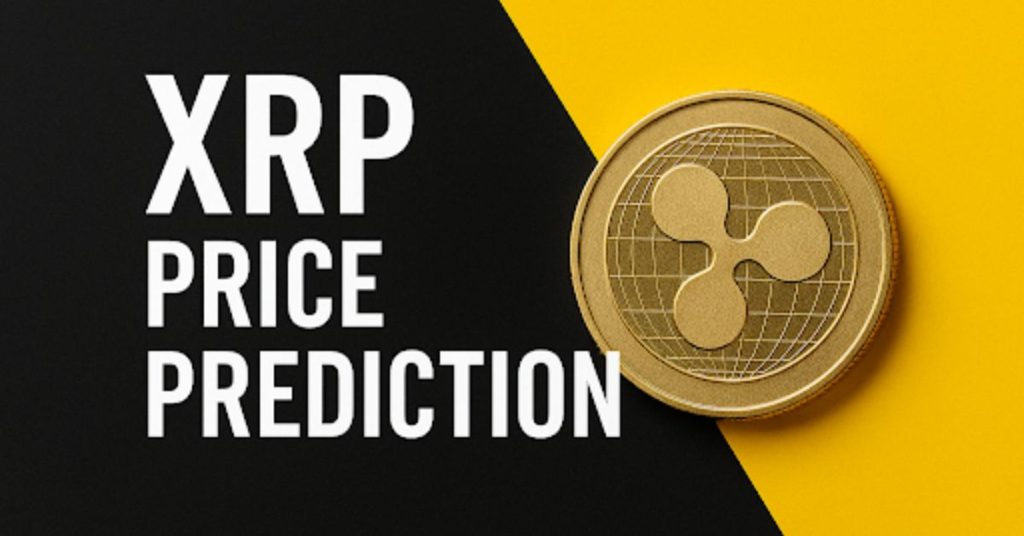
It’s often said that “history repeats itself,” and recently, looking back at my days as an investment advisor in the 1990s, I feel that it certainly was.
dot com bubble
Growing interest in blockchain and cryptocurrency investments mirrors early demand for tech stocks. Remember the dot-com bubble when the internet was new, when companies like Amazon were on the rise? Investors saw value in developing technology, and stocks soared on the basis of enormous wealth creation and promises of disruption.
But as we learned in the Dodcom bubble burst of the early 2000s, expectations and reality are sometimes irrelevant. Many investors lost everything and suffered far more losses than they had in the last bull market. Most investors entered the market at or near the peak and saw their money evaporate in the subsequent pullback.
When investing, we need to distinguish between the buzz around a breakthrough technology and its actual commercial prospects. This is really hard, especially for the average investor, but it’s also extremely difficult for professional financial advisors to recommend caution when things are going crazy.
In the 1990s, many of the advisor’s clients wanted to invest only in tech stocks. Clients lost trust in their advisors because diversification made no sense. During the bubble period, the Nasdaq Composite Index, which emphasizes IT stocks, rose from 1,000 in 1995 to 5,048 at its peak on March 10, 2000. It has risen by more than 400% in just five years. The S&P 500 also performed well during the same period, gaining more than 200%, but not enough given that the Nasdaq nearly doubled its gains.
Imagine telling clients for five years that the tech stock bubble was a one-off “boom.” Even the most trusted top advisors had a hard time persuading clients to stay away from the “shiny glamor” and stick to diversified portfolios of stocks and bonds.
Unfortunately, many of their clients have stopped trusting their advisors entirely, either becoming day traders or investing all their money in the Janus Twenty Fund, which has grown to $88 billion at its peak. Then I started doing things on my own. The fund invested in just 12 stocks, including AOL, Cisco and Qualcomm. By the end of 2002, the fund’s assets under management had fallen to approximately $12 billion.
just a little bit of what you want
As an advisor, I took a different approach. Instead of alienating customers by telling them what they shouldn’t do, they valued building a collaborative process.
If a customer comes to me and says they want to sell all their other stocks and invest all their money in Qualcomm, I say, “Yes, Qualcomm has been doing very well lately. Telecom stocks might also be a good investment, are there any other stocks you would consider investing in as a more challenging part of your portfolio?” My customers would feel that their opinions were respected, and I would have protected them from their worst enemy: greed.
Some may feel the same way about crypto assets. Blockchain also has real long-term, concrete use cases. Unfortunately, the pattern of customer adoption of new innovations tends to be extreme, especially with crypto.
Typical examples include Terra, Three Arrows Capital, BlockFi, Celsius and FTX. Not just investing in crypto assets, leverage was also used. With this in mind, it’s no wonder we’re telling clients to avoid this speculative asset class.
But telling customers to do it themselves is not the answer. If customers are interested in crypto assets, they will invest themselves. As we learned after the inevitable industry turmoil, investors are often heavily skewed toward certain exchanges and tokens without advice from financial experts or diversification of their investments. was By concentrating investments in one asset, the losses were enormous.
I feel many such investors would have listened to their advisors if they had taken a more open and welcoming approach to crypto.
Beyond Dualism
From my experience with tech stocks, I can now say that while it’s understandable to be conservative about investing in new asset classes, it doesn’t have to be a dichotomy.
There are ways to remain prudent while allowing clients to invest in new asset classes. As with the dot-com bubble and the burst of the bubble in the early 2000s, having a little bit of investment in speculative asset classes while appropriately addressing the urge to “gamble all your money” from customers. , it can also protect against the upheaval that is inevitable in large-scale innovation.
In this way, looking back in the future, I can proudly say that I was able to maintain a balanced and rational investment strategy while enjoying the opportunities and excitement that come with innovation.
Blockchain technology making waves in the market is a good sign. Like the internet, it is inherently disruptive, and the ups and downs of last year are symptoms of positive change.
While blockchain technology is in its early stages, it is fast approaching broader innovation, with cryptoassets paving the way for the tokenization of real-world assets and revolutionizing the distribution of investment opportunities. .
In no time, blockchain will be part of everything and there will be countless ways to invest in crypto assets. As various companies are now using technology, blockchain has the potential to penetrate and benefit a wide range of industries.
In summary, it is natural for investors to want to invest in crypto assets, and it is possible to participate in a market that underpins the exciting possibilities of the future in a sensible and, above all, safe way.
|Translation and editing: Akiko Yamaguchi, Takayuki Masuda
|Image: Shutterstock
|Original: History Repeats: Applying What We Know About Tech Stocks to a New Market
The post History repeats itself: Applying the lessons of the dot-com bubble to cryptocurrency investment[Column]| coindesk JAPAN | Coindesk Japan appeared first on Our Bitcoin News.

 2 years ago
123
2 years ago
123














 English (US) ·
English (US) ·